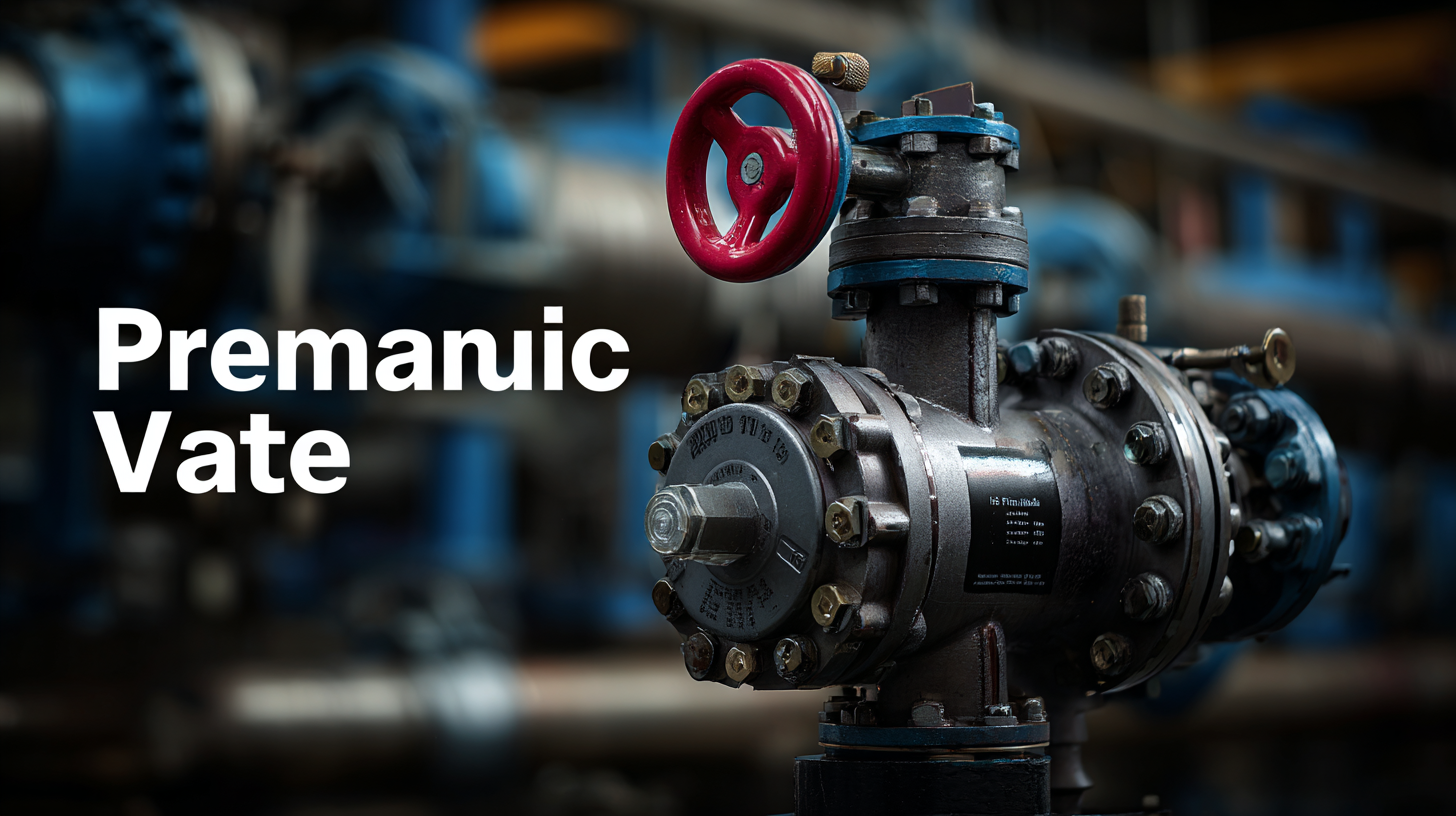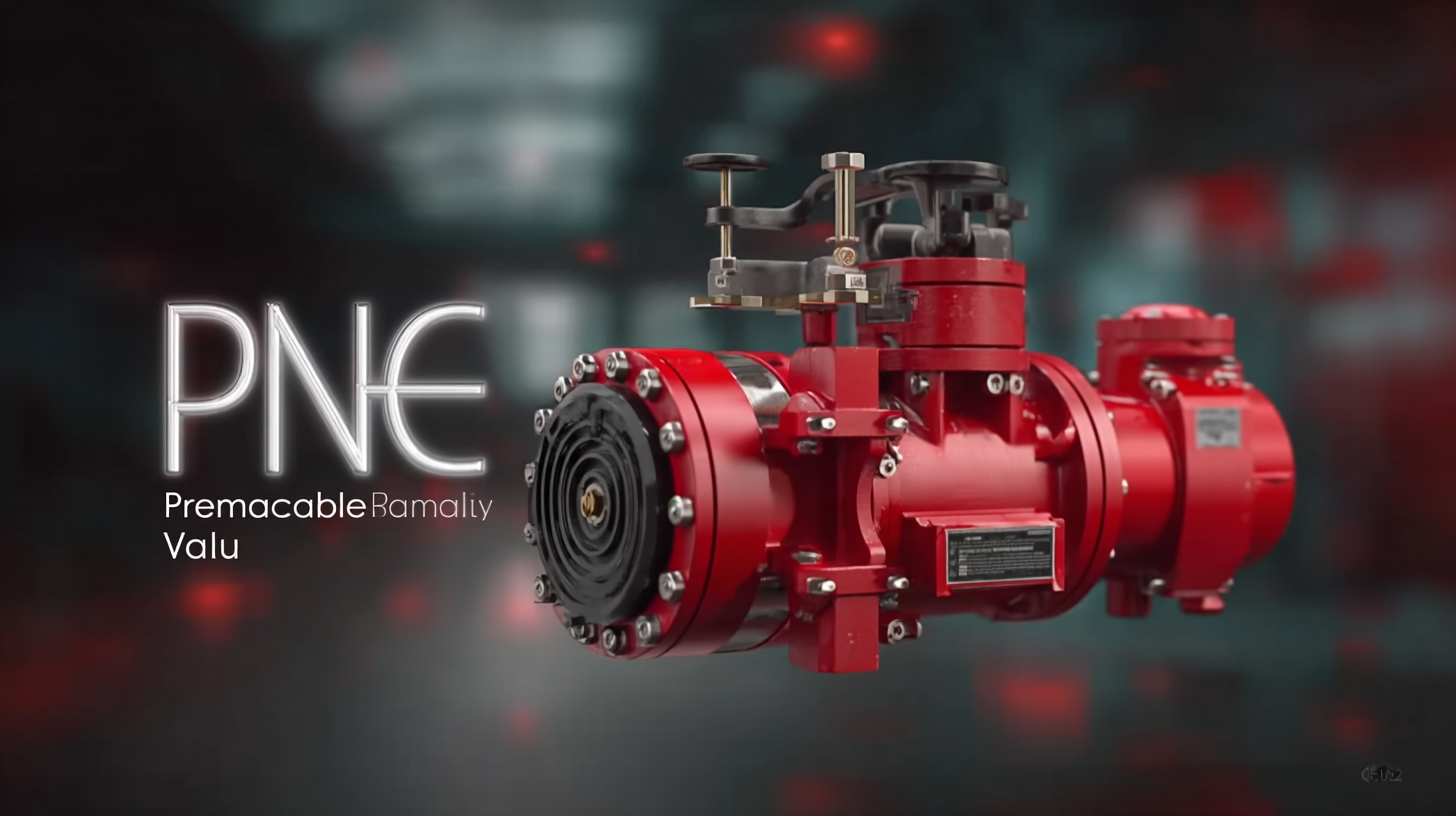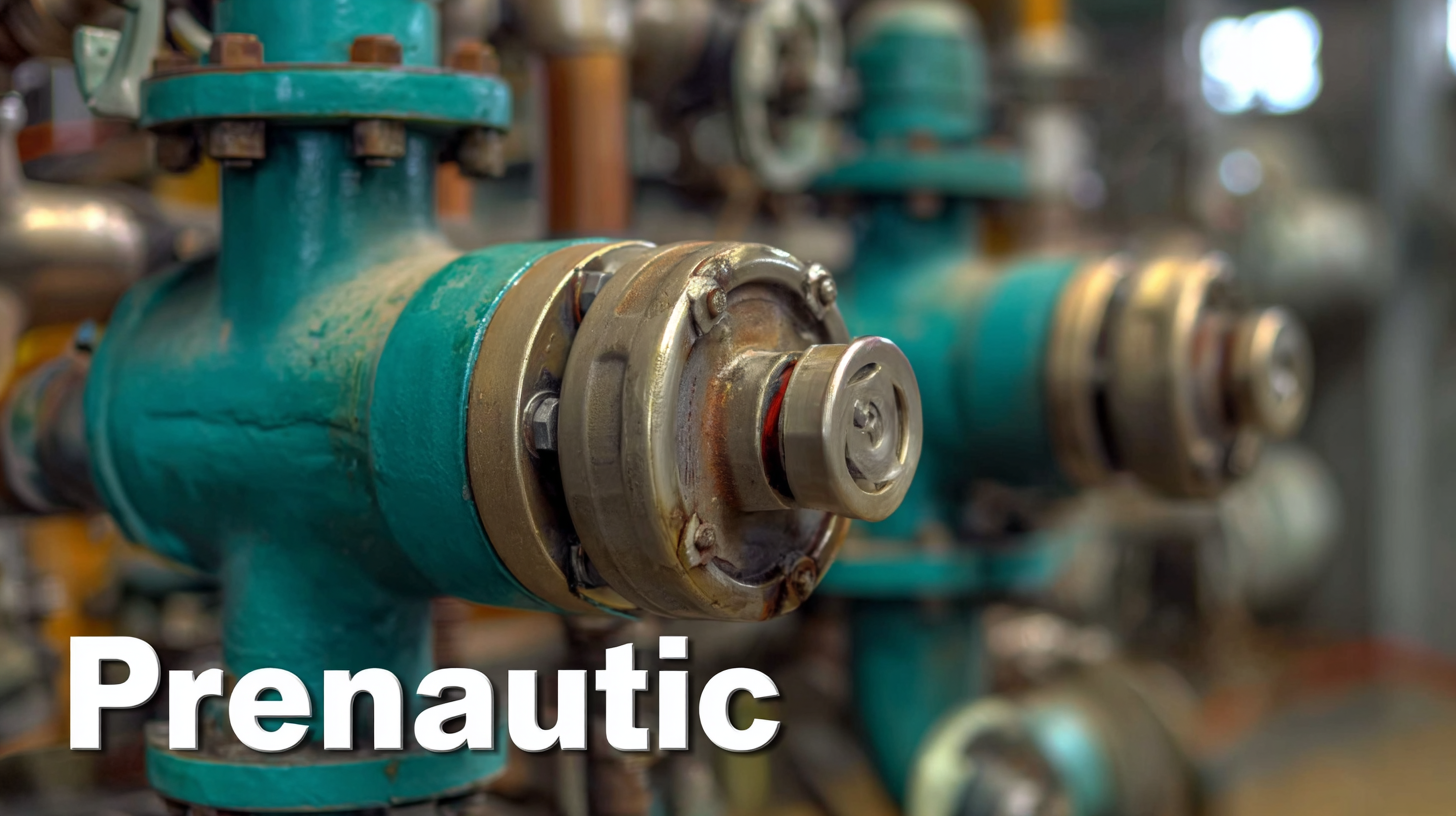In the ever-evolving landscape of industrial automation, the Pneumatic Butterfly Valve has emerged as a critical component in various applications, thanks to its efficiency and reliability. According to the latest market research reports, the global butterfly valve market is expected to reach $4.95 billion by 2026, growing at a CAGR of 5.2% from 2021 to 2026. This surge can be attributed to the increasing demand for control valves in sectors such as oil and gas, water treatment, and chemical processing. With their ability to regulate flow with precision, Pneumatic Butterfly Valves play a vital role in enhancing operational efficiency and reducing energy consumption. However, selecting the right valve for your specific application requires a thorough understanding of its features, materials, and operating conditions. This blog will delve into the key factors that influence the choice of the best Pneumatic Butterfly Valve, ensuring you make an informed decision for optimal performance in your system.

 Pneumatic butterfly valves are critical components used in various industrial applications, designed to regulate flow in piping systems. Understanding the basics of these valves is essential for making informed choices and optimizing their performance. At their core, pneumatic butterfly valves consist of a circular disc that rotates around a central axis. When the valve is closed, the disc blocks the flow, while turning it 90 degrees allows fluid to pass through, making these valves highly efficient for quick operations.
Pneumatic butterfly valves are critical components used in various industrial applications, designed to regulate flow in piping systems. Understanding the basics of these valves is essential for making informed choices and optimizing their performance. At their core, pneumatic butterfly valves consist of a circular disc that rotates around a central axis. When the valve is closed, the disc blocks the flow, while turning it 90 degrees allows fluid to pass through, making these valves highly efficient for quick operations.
When selecting a pneumatic butterfly valve, consider factors such as the valve size, pressure rating, and the type of media being controlled. The materials that make up the valve body and sealing components should be compatible with the process fluid, whether it’s water, gas, or corrosive substances. Additionally, understanding the actuating mechanisms, such as whether pneumatic or electric actuators will be employed, is crucial in matching the valve to your application's demands. This knowledge ensures that you choose a valve that not only meets operational needs but also enhances the system's overall efficiency and reliability.
When selecting the best pneumatic butterfly valve for your application, it's crucial to consider several key factors that can significantly affect performance and efficiency. One of the primary considerations is the valve size and pressure rating. According to a report by the Valve Manufacturers Association (VMA), the correct valve sizing can lead to a 25% increase in system efficiency. Ensuring that the valve matches the requirements of the system, including flow rate and pressure, helps avoid issues such as turbulence and excessive wear.

Another critical factor is the material of construction. The demand for durable and corrosion-resistant materials has led to advancements in valve design. A recent study by MarketsandMarkets highlights that the demand for stainless steel butterfly valves is projected to grow at a CAGR of 4.8% between 2022 and 2027, driven by their robust performance in harsh environments. It is essential to choose materials that not only withstand the operating conditions but also ensure compatibility with the fluid being handled.
Lastly, actuator type plays a pivotal role in the valve's operation. Pneumatic actuators are favored for their quick response times and reliability, especially in automation applications. According to a 2023 report by Research and Markets, the global pneumatic actuator market is expected to witness a steady growth rate, driven by the increasing adoption of industrial automation. Selecting the appropriate actuator type in conjunction with the butterfly valve specifications can lead to optimized performance and increased longevity in your system.
When selecting a pneumatic butterfly valve for your specific application, certain features are pivotal to ensuring optimal performance and longevity. One key feature to consider is the valve body material. High-quality materials such as stainless steel or high-grade plastic resist corrosion and wear, thus extending the valve's lifespan in harsh environments. Furthermore, ensure that the valve meets relevant industry standards for safety and performance, as this guarantees reliability in your operations.
Another essential element to watch for is the actuator design. Pneumatic actuators should offer quick response times and sufficient torque to handle the demands of your application. Look for models with adjustable stroke settings, which can fine-tune the flow control as per your needs. Additionally, consider the ease of maintenance; valves with fewer moving parts and accessible components streamline upkeep, reducing downtime.
Lastly, pay attention to the sealing mechanisms employed in the valve. High-quality pneumatic butterfly valves typically feature robust seals that minimize leakage and enhance efficiency. Materials like EPDM or PTFE provide excellent resistance to various chemicals and temperatures, making them suitable for different applications. By focusing on these critical features, you can select a pneumatic butterfly valve that not only meets your operational requirements but also offers long-term reliability.
Pneumatic butterfly valves are widely used across various industries due to their efficiency and reliability in controlling fluid flow. In the chemical processing sector, these valves are essential for handling aggressive fluids and gases. According to a report by Markets and Markets, the global market for butterfly valves is expected to grow from USD 4.1 billion in 2020 to USD 5.5 billion by 2025, driven largely by increasing demand in chemical applications. Their compact design and quick operation make them ideal for applications involving corrosive chemicals, where operational reliability is paramount.
In the water and wastewater treatment industry, pneumatic butterfly valves play a critical role in regulating the flow of water through treatment systems. The International Water Association (IWA) states that effective flow control can reduce energy consumption by up to 20%. This is significant considering the global emphasis on sustainability and minimizing operational costs. Furthermore, in the food and beverage sector, hygiene is a critical requirement, and pneumatic butterfly valves provide a clean and efficient solution for handling viscous products. Their ability to operate under high pressure and temperature makes them suitable for pasteurization processes, where precise flow control is vital to product safety and quality.
| Industry | Common Applications | Valve Size | Pressure Rating | Material |
|---|---|---|---|---|
| Water Treatment | Flow regulation, Mixing | 2" - 48" | 150 psi | PVC, Stainless Steel |
| Food and Beverage | Liquid transfer, Mixing | 1" - 12" | 100 psi | 316 Stainless Steel |
| Chemical Processing | Corrosive liquid handling | 3" - 36" | 200 psi | Hastelloy, Teflon |
| Oil and Gas | Pipeline isolation, Flow control | 4" - 24" | 300 psi | Carbon Steel |
| Pharmaceuticals | Sterile fluid transfer | 1" - 10" | 150 psi | 316L Stainless Steel |
When it comes to maintaining pneumatic butterfly valves, regular upkeep is essential to ensure their longevity and efficient operation. These valves, critical in various industrial applications, can experience wear and tear that ultimately affects their performance. Routine inspections, including checking for leaks and wear on seals, can prevent costly downtimes. According to recent industry reports, the global industrial valve market is experiencing robust growth, driven by increasing demand for efficient fluid control systems across numerous sectors. Specifically, pneumatic valves are gaining popularity due to their reliability and ease of automation, making their proper maintenance even more crucial.
Additionally, understanding the intricate workings of pneumatic systems can significantly enhance maintenance practices. For instance, pneumatic butterfly valves play a pivotal role in fuel injection systems, where a well-maintained valve ensures optimal engine performance. Regular lubricant checks and replacing worn components can dramatically extend the lifespan of these valves. The industrial valve market is projected to thrive, emphasizing the need for operators to prioritize maintenance strategies that enhance the performance and durability of pneumatic butterfly valves, ultimately contributing to more efficient operations across industries.
This chart illustrates the flow rate performance of various pneumatic butterfly valves, helping you make an informed decision on which one is best suited for your application.